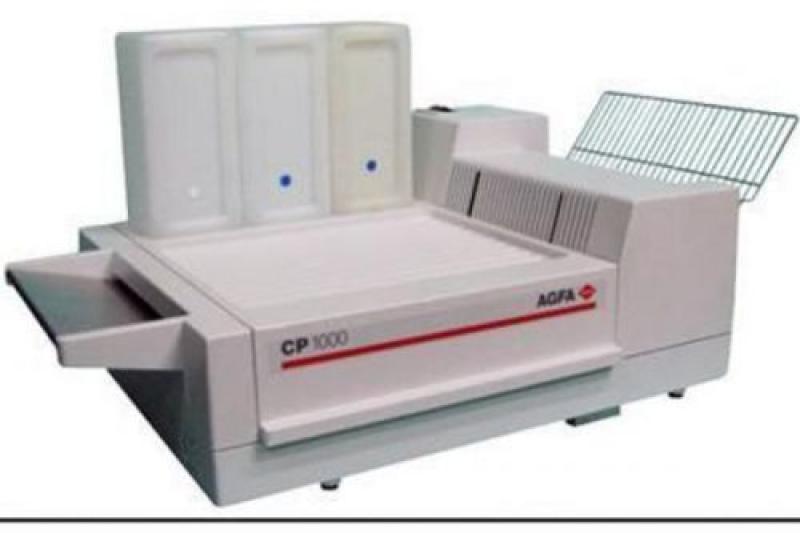Medical X-ray film processors play a critical role in medical imaging by developing radiographic films that aid in accurate diagnosis and patient care. Despite the growing adoption of digital radiography, X-ray film processing remains indispensable in various healthcare settings worldwide, particularly where cost-effectiveness and reliable imaging are prioritized. This article delves into the key aspects of medical X-ray film processors, their technological advancements, operational mechanisms, and market trends shaping the future of radiographic imaging.
Evolution and Technological Advancements in Medical X-Ray Film Processors
Over decades, Medical X-Ray Film Processor have evolved significantly from manual chemical processing methods to sophisticated automated systems. Initial processors required extensive manual handling of films through chemical baths—developer, fixer, wash, and dryer. Such processes demanded precise timing and environmental control to ensure high-quality image development, yet they were prone to human error and environmental waste.
Modern X-ray film processing machines incorporate automated conveyor mechanisms and advanced temperature control systems, enhancing consistency and throughput. The introduction of rapid processing technology has significantly reduced cycle times, allowing hospitals and clinics to increase patient turnover without compromising image quality. Moreover, the integration of environmentally friendly solutions has minimized chemical consumption and waste by recycling processing chemicals, reflecting growing regulatory and ecological concerns in healthcare facilities.
Digital temperature monitoring and automated replenishment systems have also improved operational efficiency and reliability in medical X-ray film processors. These enhancements not only maintain optimal chemical activity levels but additionally reduce downtime and maintenance requirements, thereby lowering operational costs for medical imaging departments.
Comprehensive Overview of Medical X-Ray Film Processor Operational Workflow
The operational workflow of an X-ray film processor is a carefully regulated chemical process designed to convert latent images captured on exposed films into visible, durable radiographs. Upon exposure in an X-ray machine, the latent image on the film’s emulsion reacts to subsequent chemical processing stages ensuring image clarity, contrast, and archival longevity.
The film passes through sequential tanks containing developer, fixer, and washing solutions under controlled temperature and timing. The developer solution reduces the exposed silver halide crystals to black metallic silver, rendering the invisible latent image visible. Next, the fixer removes unexposed silver halide crystals, preventing further exposure and preserving image stability. The washing phase eliminates residual chemicals reducing the risk of film degradation, followed by drying to prepare the film for clinical use.
Optimal processor performance is critical for producing diagnostic-quality images, as improper chemical handling or temperature fluctuations can result in films with inadequate contrast, fogging, or artifacts. As a result, routine calibration and maintenance of film processors are essential to ensure reliability and image consistency.
Commercial Aspects and Procurement Considerations in Medical X-Ray Film Processing Equipment
When acquiring medical X-ray film processors, healthcare providers evaluate several commercial factors including machine capacity, processing speed, automation level, and service support. High-volume processors with dual or multi-tank configurations suit large hospitals dealing with substantial imaging workflows, whereas compact, portable units cater to smaller clinics and mobile diagnostic centers.
Cost considerations extend beyond initial capital expenditure to include ongoing chemical supplies, maintenance contracts, and energy consumption. Technological features such as digital control panels, remote diagnostics, and integrated chemical recycling systems add value by optimizing operational costs and minimizing environmental footprints.
Get This Report in Japanese Language -医療用X線フィルムプロセッサー
Get This Report in Korean Language -의료용 X선 필름 프로세서
Read More Articles Related to this Industry –
Nanofiber Applications in Medical Devices: Revolutionizing Healthcare
Camera Modules in Medical Devices: Revolutionizing Diagnostics and Treatment
About Author:
Priya Pandey is a dynamic and passionate editor with over three years of expertise in content editing and proofreading. Holding a bachelor's degree in biotechnology, Priya has a knack for making the content engaging. Her diverse portfolio includes editing documents across different industries, including food and beverages, information and technology, healthcare, chemical and materials, etc. Priya's meticulous attention to detail and commitment to excellence make her an invaluable asset in the world of content creation and refinement.
(LinkedIn- https://www.linkedin.com/in/priya-pandey-8417a8173/)
